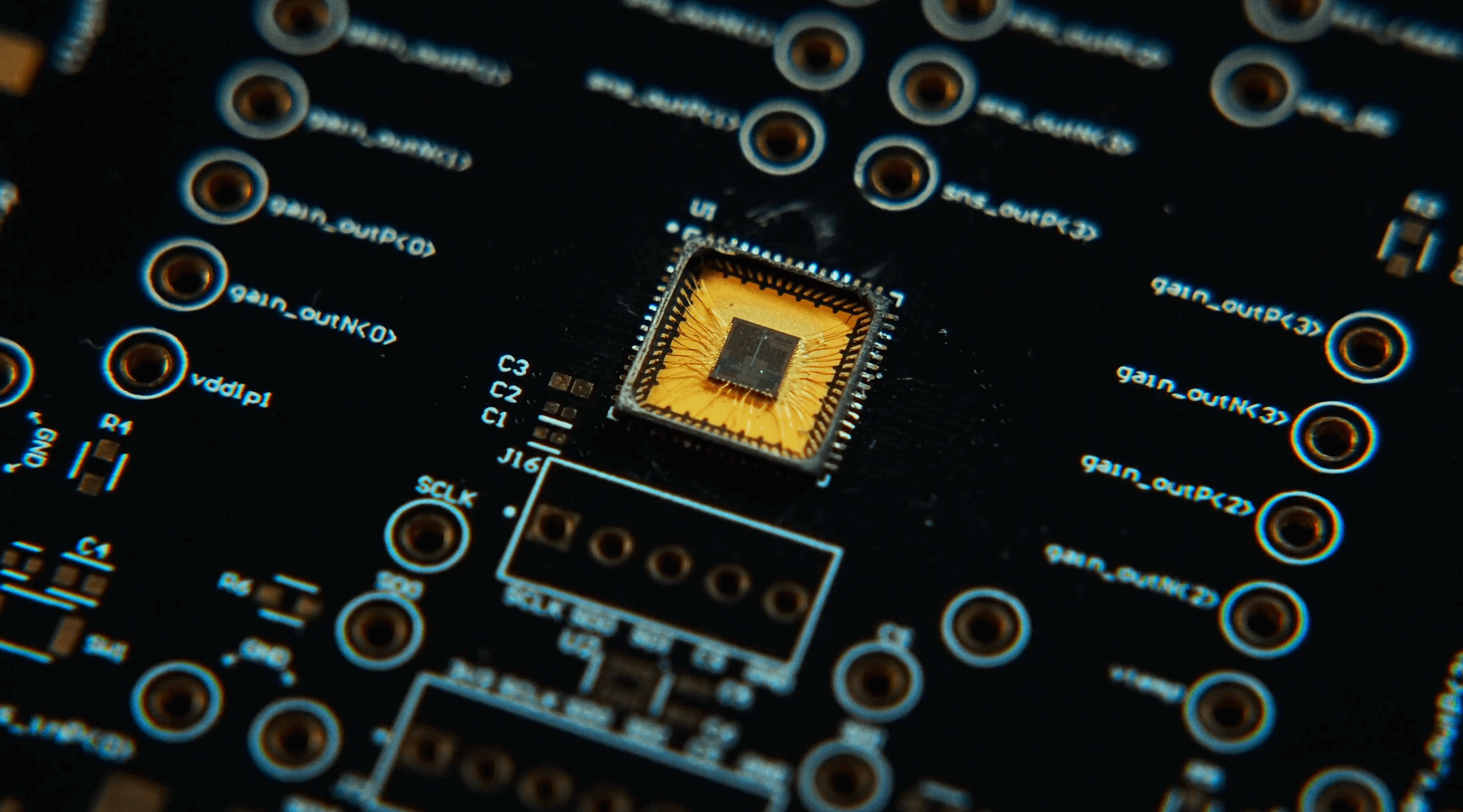Extropic Unveils THRML: Open Source Software for a Thermodynamic Future in AI
Extropic’s new open source library, THRML, empowers developers to simulate and train energy-efficient generative AI models on thermodynamic hardware.

Today, Extropic did something most AI hardware companies won't: they open-sourced the foundation of their entire technological approach.
Hello Thermo World. pic.twitter.com/yO96FRhoZ6
— Extropic (@Extropic_AI) October 29, 2025
THRML is a Python library for simulating and accelerating generative AI models through thermodynamic computing. At first, that might sound like word salad, but it makes sense once you understand the problem they’re addressing: the AI industry is running into an energy wall.
Everyone's focused on scaling energy production. Build more data-centers. Secure more power contracts. Get nuclear reactors online. But that's only half the equation. The other half is energy efficiency, how much intelligence you can extract per watt.
Current AI models are spectacularly wasteful. Training runs for frontier models consume megawatts. Inference at scale burns through power like a small city. The math doesn't work long-term. You can't brute-force your way to AGI by throwing more electricity at the problem.
Extropic's thesis is that physics might solve what engineering can't. Thermodynamic computing uses the physical properties of matter to perform probabilistic inference, essentially letting nature handle calculations that currently require massive GPU clusters. If you want to understand the physics behind this, they published a detailed technical explainer that walks through the math from first principles.
Whether this actually works at scale is an open question. The theory is elegant. The real-world performance benchmarks don't exist yet. Their Z1 chip hasn't shipped. They might be completely wrong about physics replacing silicon for inference workloads.
But here's what's interesting: they open-sourced the tools before proving the thesis.
THRML lets anyone simulate thermodynamic computing right now, before the hardware exists. It's built on JAX for computational acceleration and designed to construct thermodynamic hypergraphical models that will eventually run on Extropic's proprietary Thermodynamic Sampling Units (TSUs). The library supports probabilistic graphical models, including Energy-Based Models destined for their upcoming Z1 chip.
With THRML, anyone can now run highly accelerated simulations of energy-efficient generative AI models, build and train energy-based probabilistic graphical models, and experiment with new thermodynamic hardware architectures, entirely in software. Whether you’re prototyping algorithms for future inference chips, exploring new forms of model training, or testing edge cases for thermodynamic hardware, THRML offers the computational building blocks to start innovating right now.
Most AI hardware companies guard their software stack like nuclear launch codes. The pitch is always "trust us, our chip is revolutionary, you'll see when it ships." Extropic inverted that model. Here's the math. Here's how it works. Go experiment. Tell us what breaks.
The library isn't just for deployment. Researchers can experiment with different TSU architectures, connection graphs, and node types. They can compute gradients and train energy-based models using the same methods Extropic used to develop their Denoising Thermodynamic Models. For a technical deep-dive into their X0 and XTR-0 architectures, they've published the implementation details.
The code is on GitHub right now. You don't need to sign an NDA. You don't need to be part of a billion-dollar research lab. You don't need permission.
This is a different relationship with the research community. Instead of being the sole gatekeepers of thermodynamic computing knowledge, they're inviting independent researchers to validate or invalidate the approach. They're also seeking partners with large-scale probabilistic workloads.
Will it work? Nobody knows. That's the point.
They're being wrong or right in public, with open tools that let other people prove or disprove the thesis. If Extropic succeeds, the tools are already open. If they fail, someone else can learn from their approach without starting from scratch. Either outcome advances the field.
That's how science is supposed to work. That's not how most AI infrastructure gets built.
The AI industry is increasingly controlled by whoever can afford the biggest GPU clusters. Vertical integration. Closed systems. Proprietary stacks. Capital requirements that exclude everyone except hyperscalers and well-funded startups.
Extropic's approach, open-sourcing THRML before commercializing hardware, doesn't guarantee they'll succeed technically. But it changes who gets to participate in figuring out whether thermodynamic computing is viable. Researchers at universities can test the theory. Startups can build on the foundation. Independent scientists can validate or challenge the claims.
That matters regardless of whether their specific bet on physics pays off.








